Search Images
Browse Content (p. 817)
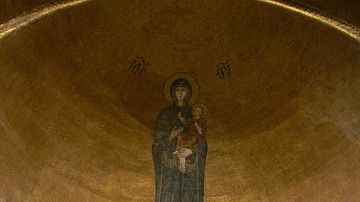
Image
Main Apse Mosaic, Church of Santa Maria Assunta, Torcello
Main apse mosaic, Church of Santa Maria Assunta, Torcello. The Byzantine mosaic dates from the 11th century CE and depicts the Virgin Hodegetria.
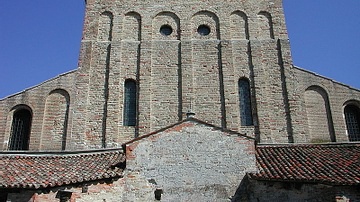
Image
Church of Santa Maria Assunta, Torcello
The facade of Santa Maria Assunta, Torcello, Italy. The basilica was established in 639 CE and is the oldest building in the Venetian lagoon. Most of the standing building is from the 11th century CE.
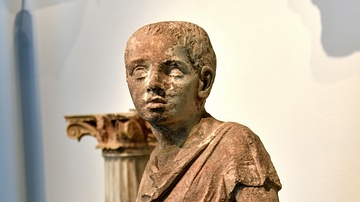
Image
Mourning Slave Boy from Tarentum
By his skinny body, overly large head, and short garment, the boy is characterized as a slave. It is very likely that the statue belonged to a large funerary monument in Tarentum. The boy probably looked up to the statue of his deceased master...
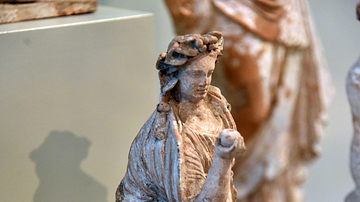
Image
Tanagra Figurine of a Female
This small terracotta figurine is part of the so-called "Tanagra Figurines", which represent wealthy middle-class women. These statuettes served as votive and funerary objects, carrying a symbolic meaning connected with the status and role...
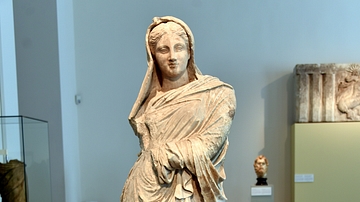
Image
Female Citizen from Magnesia
This is an idealized image of a female citizen from Magnesia. This honorific statue for a benefactress of the city stood in the town hall of Magnesia on the Maeandar (in modern-day Turkey). The missing inscription on the base of the statue...

Image
Statuette of Aphrodite Heyl
This statuette, the so-called Aphrotide Heyl, is one of the most beautiful ancient terracottas in existence. The close-fitting robe of the goddess of love has slipped from the shoulders; her raised left leg perhaps stood on a pillar. The...
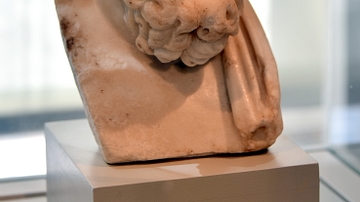
Image
Head of Epicurus
Epicurus (341 BCE – 270 BCE) was an ancient Greek philosopher. The image of the founder of the school of Epicureanism resembles that of Metrodorus. Yet, Epicurus is characterized as a profound teacher with a furrowed brow and knitted eyebrows...
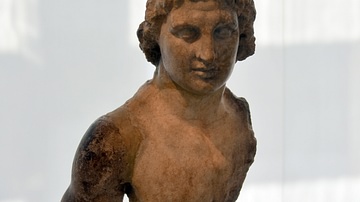
Image
Statuette of Alexander the Great
This statuette once stood as a votive in the ritual chamber of the "Holy House" in Priene (Ionia Region, Turkey). The features of the statuette, as well as attributes like the flowing hair and emotional gaze, are strongly reminiscent of Alexander...
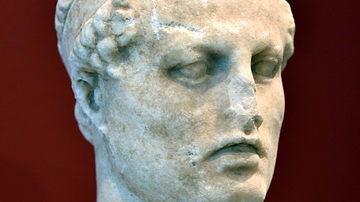
Image
Head of Antiochus IV
The youthful, clean-shaven face of the Seleucid king Antiochus IV Epiphanes (r. 175 - 164 BCE) resembles Alexander the Great (r. 356 - 323 BCE), with features of age, such as the high hairline rendering the image more realistic. The head...
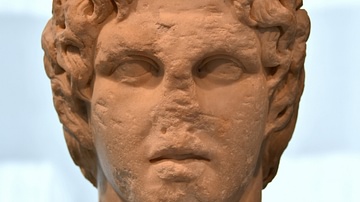
Image
Head of Alexander as Crown Prince
The image of the young Alexander (r. 356 - 323 BCE) is already characterized by a tuft of hair springing up from his forehead and long, flowing hair. Yet, the emotional expression and the gaze into the distance of later portraits are missing...